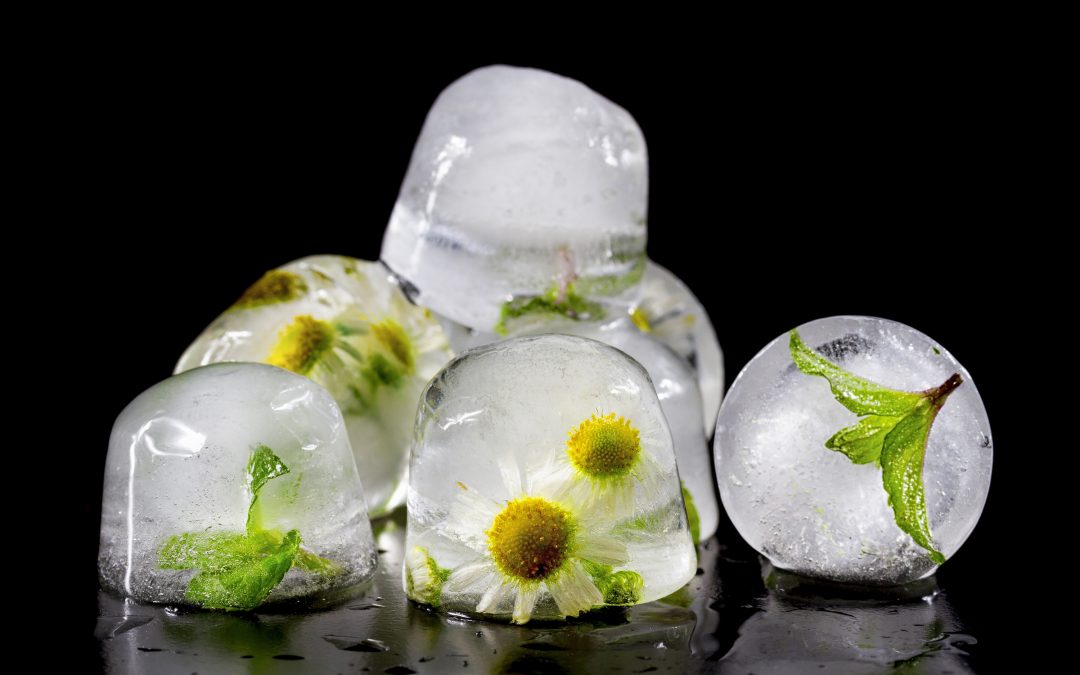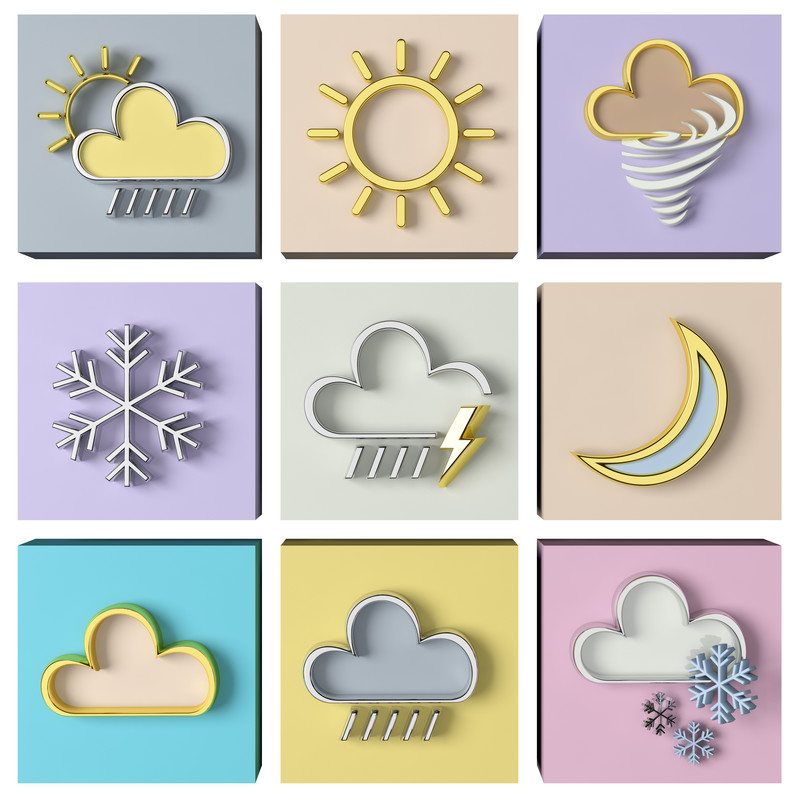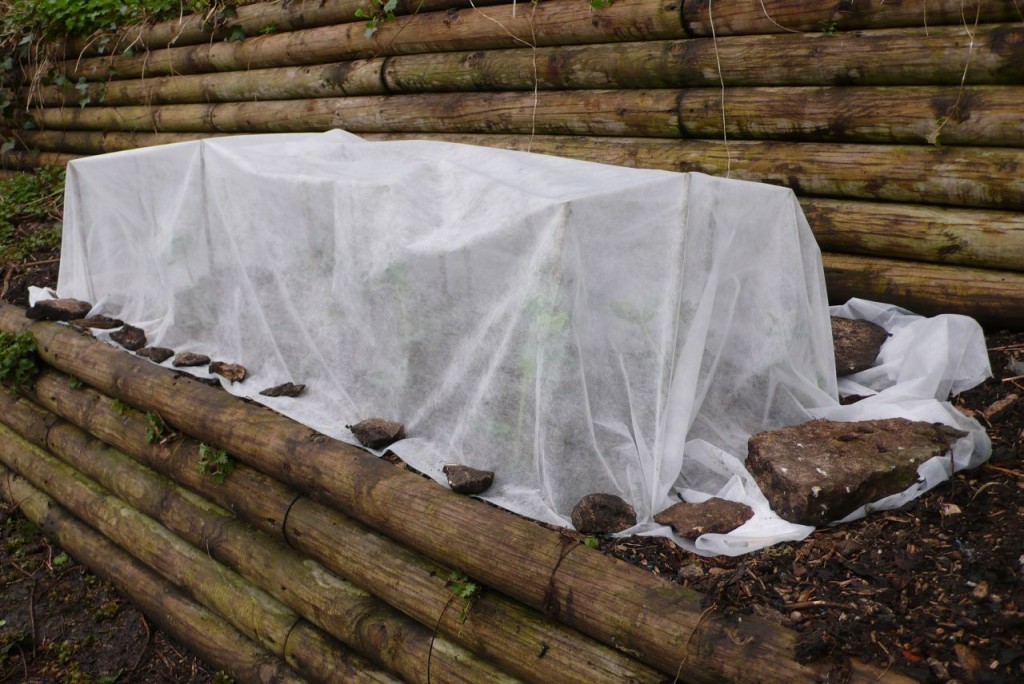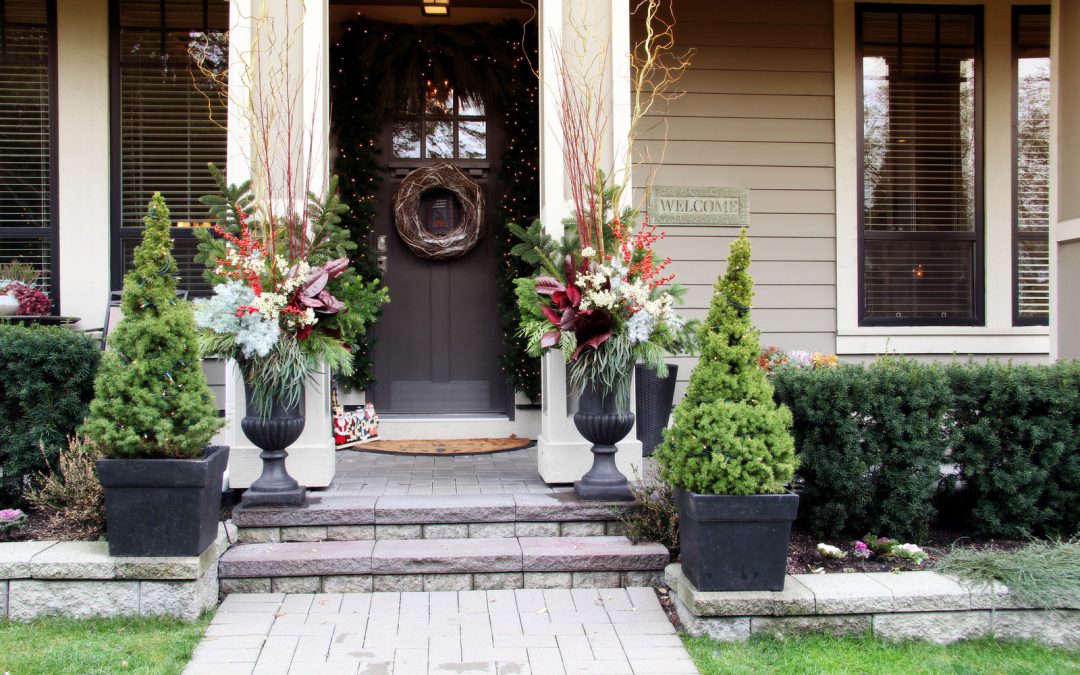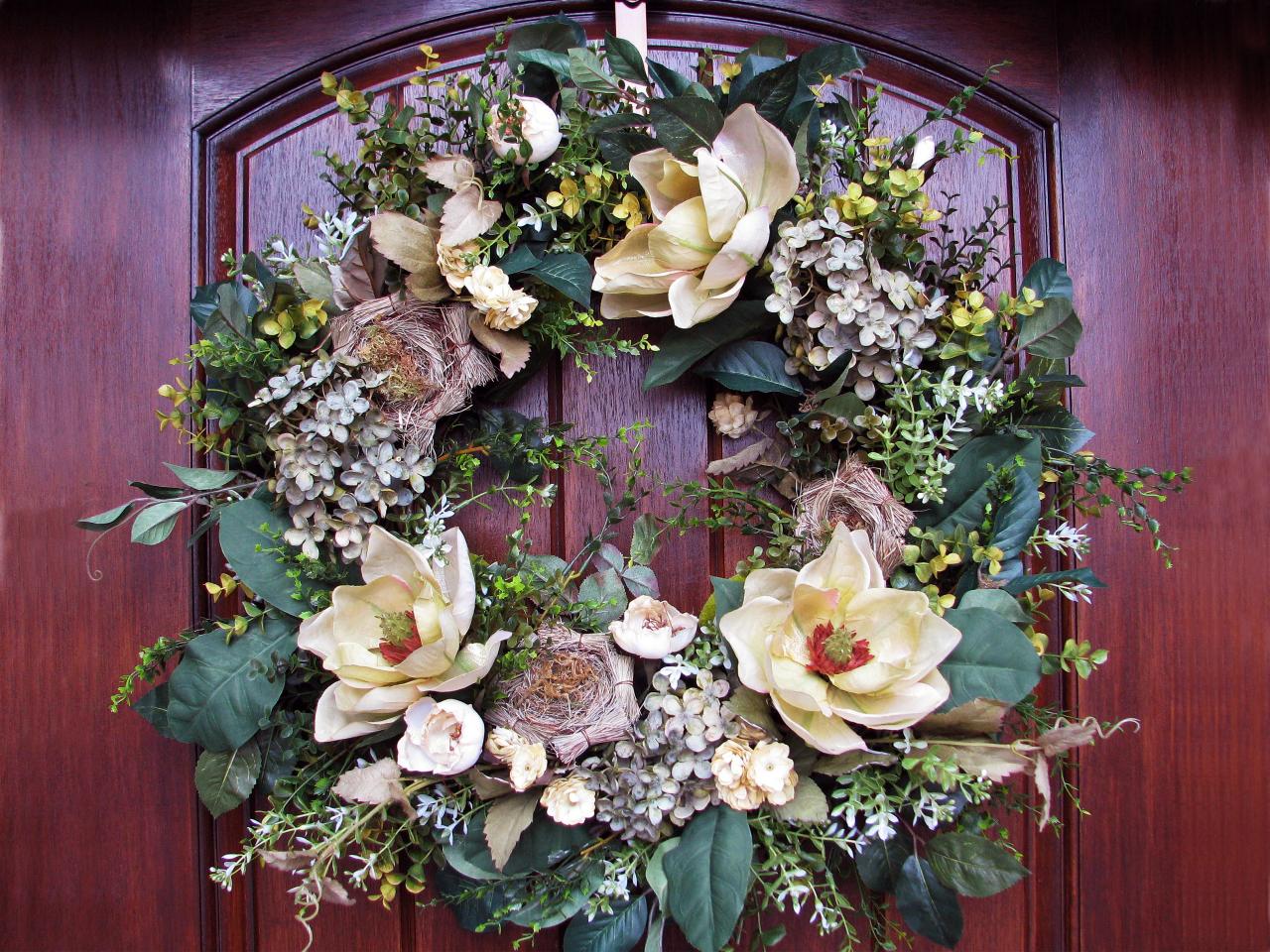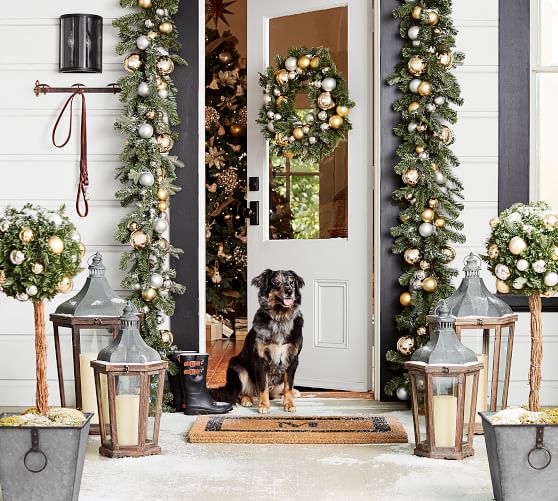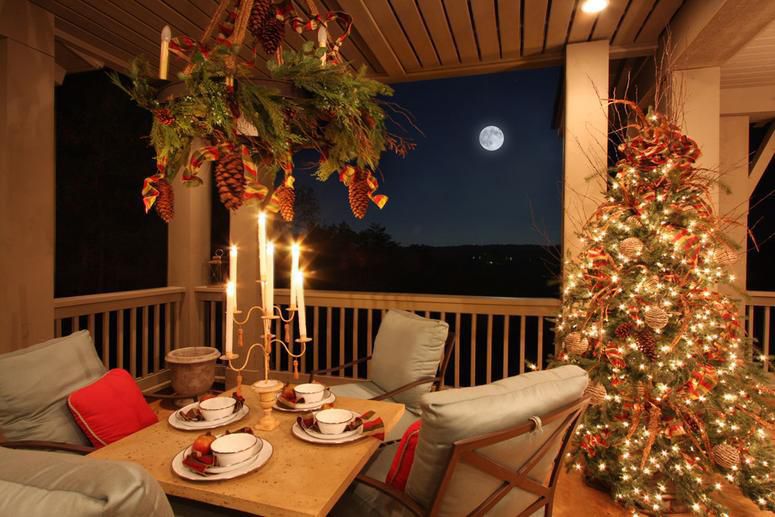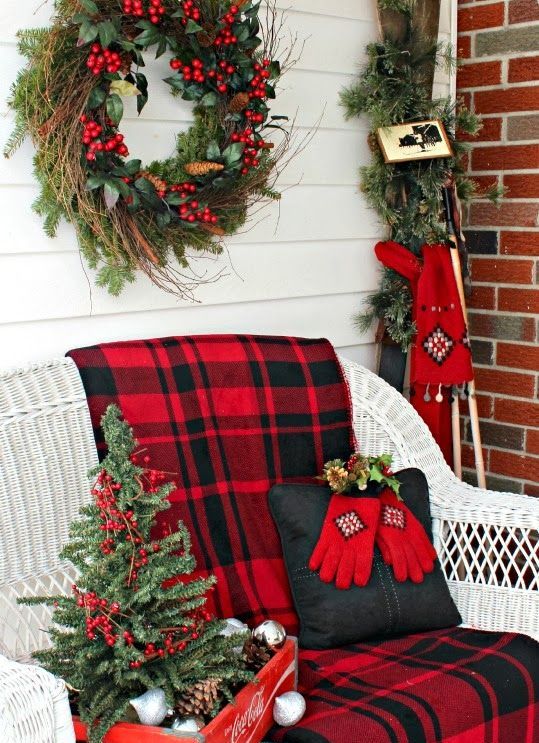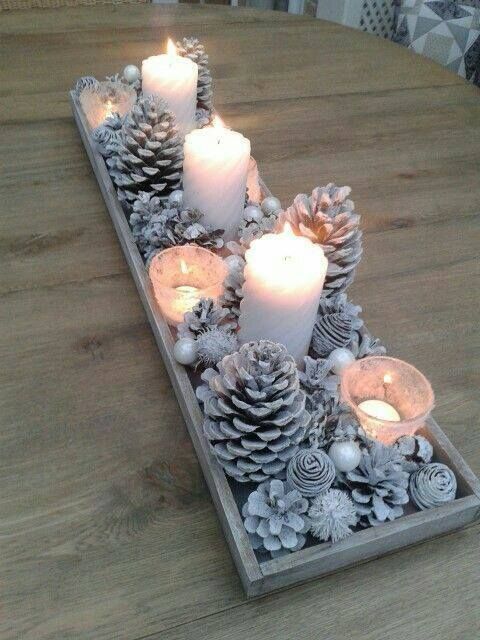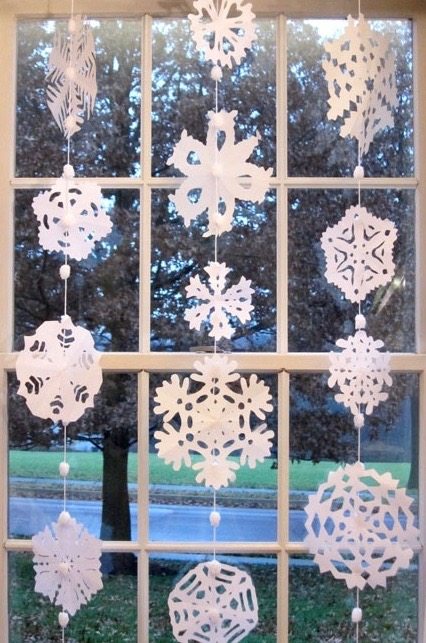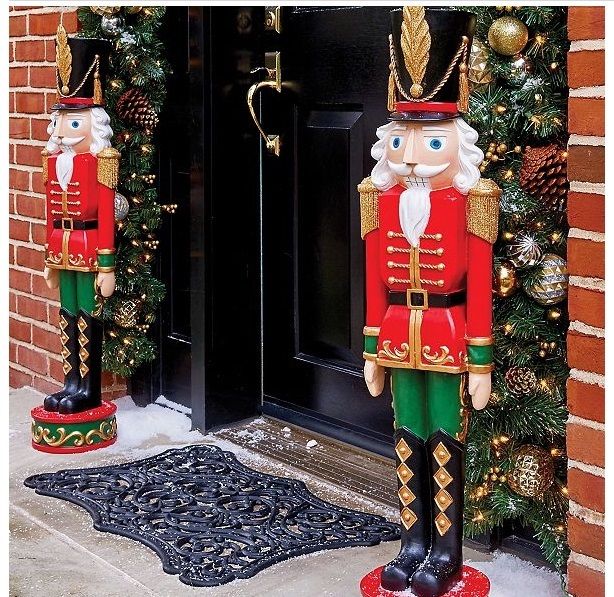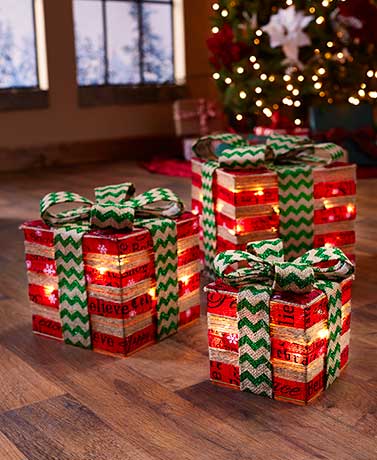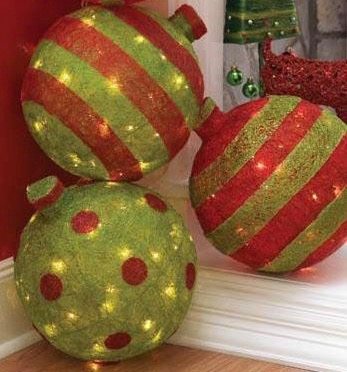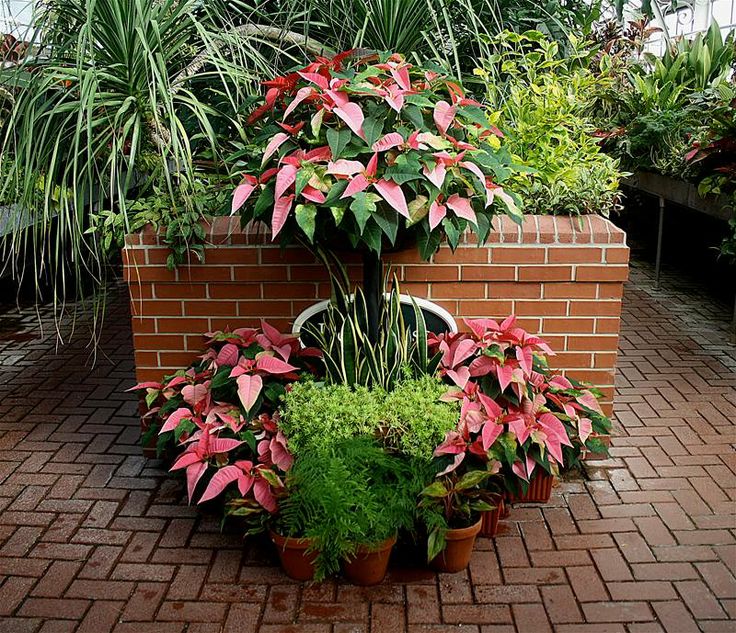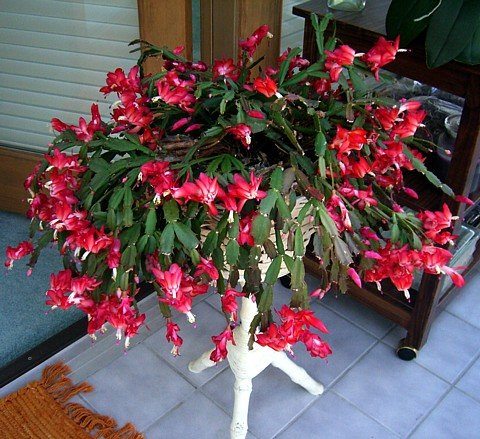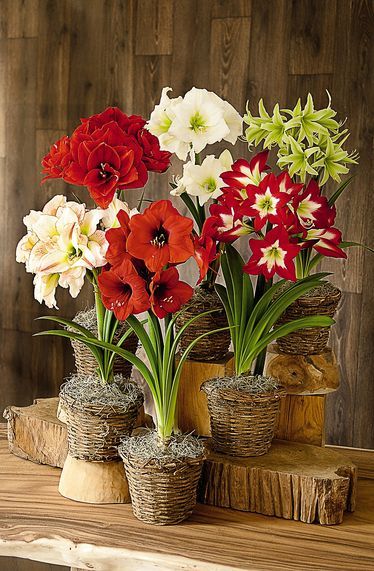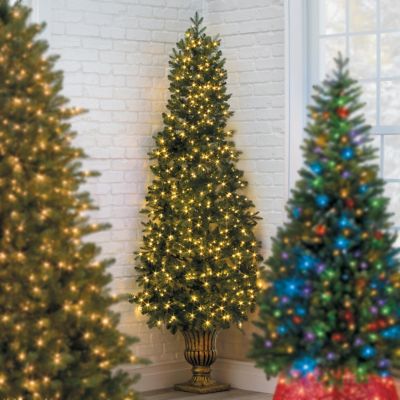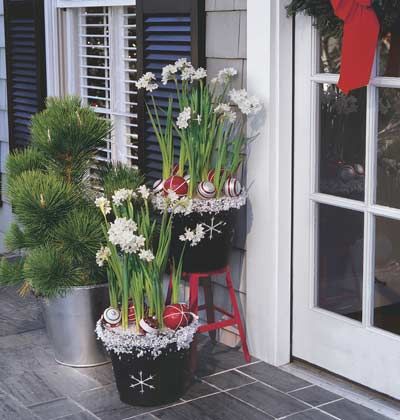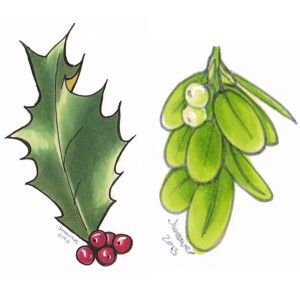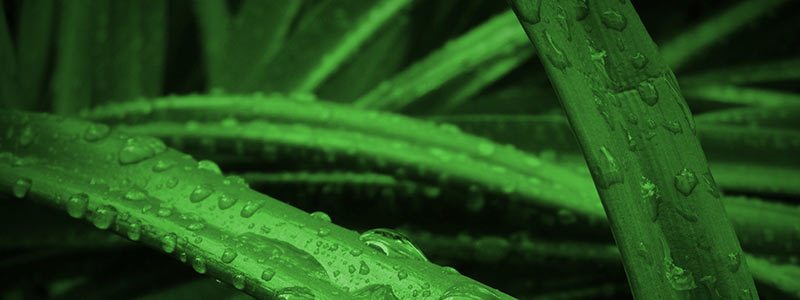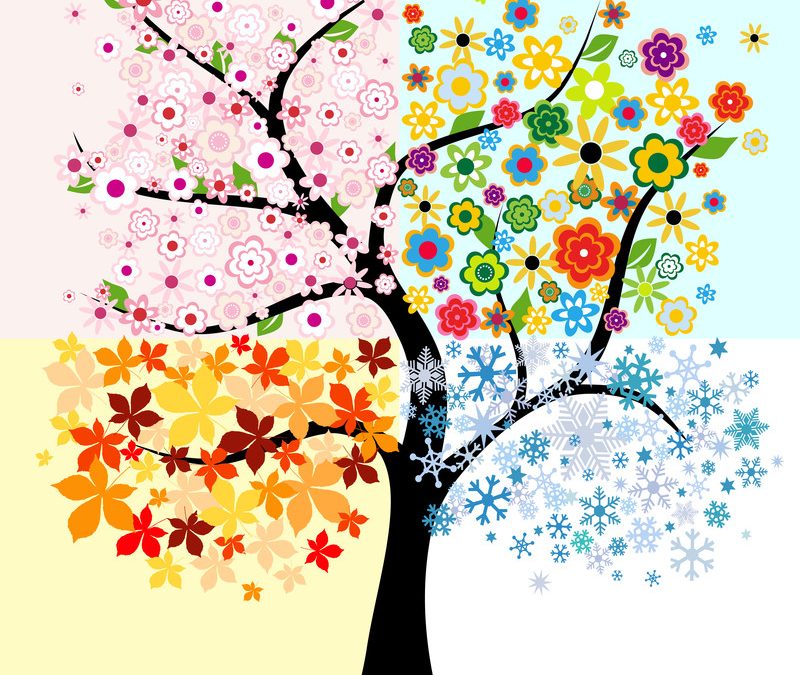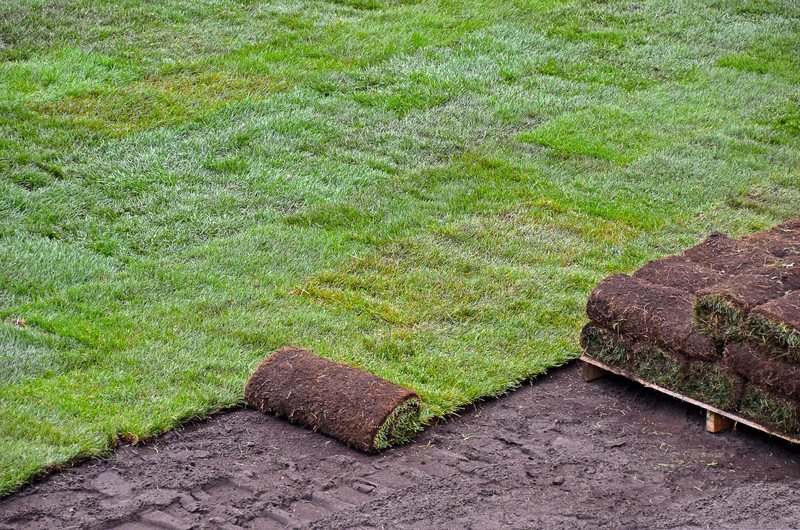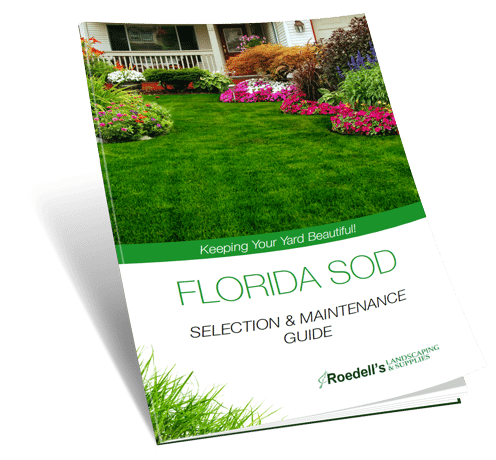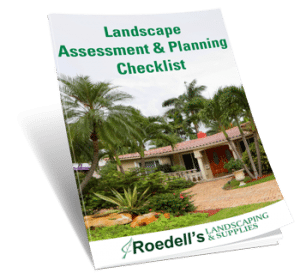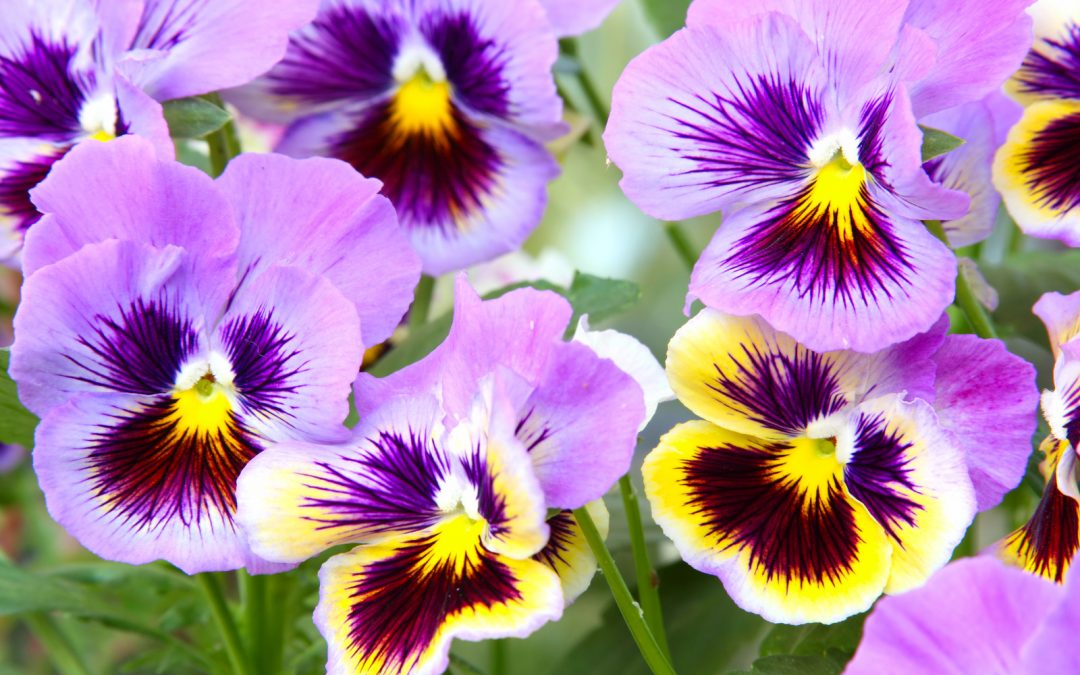
Winter Plants for Bloom and Color
Viola adds a beautiful pop of purple to your Winter landscape.
Living in Central Florida definitely has its advantages! We are fortunate enough to keep our yards bursting with color all year round. There are many varieties of Winter Plants here that can keep things colorful and in bloom with a little preparation and maintenance through the Winter Season.
First things first. It is important to know how to make this happen. It is important to trim back perennials and time to set out annuals! Growing successful Winter Plants is more involved than just going to your local landscaper or retailer and picking out “cool season” labeled plants. Some are still not appropriate and you will also find some plants still selling in Winter months that are not hardy during cool weather. Keeping Winter Plants healthy and beautiful requires a bit more attention and care than in other seasons, so make sure you are aware of the needed tasks and allow yourself the time to maintain those gorgeous colors throughout the season.
Other things to consider as well are:
- Soil Conditions – Soil should be built up with organic matter that will help retain nutrients throughout the season to allow plants to continue producing blooms. This can be accomplished by adding compost, decomposed manure or sawdust. Compost is always the best type of organic material to add to your soil. Be aware of some of the issues that may come with other materials. You can find more information on organic matter in this article by University of Florida Gardening Solutions.
- Water – Watering is essential to any plant, but for Winter Plants, it is vital that you add water on a regular basis. Winter is dry season here in Florida. A sprinkler or, even better, a soaker hose, will go a long way in keeping your plants healthy and colorful.
- Fertilizer – Be sure to add a slow release fertilizer or a weekly root fertilizer to aid in blooming.
Beautiful Winter Plants for Florida
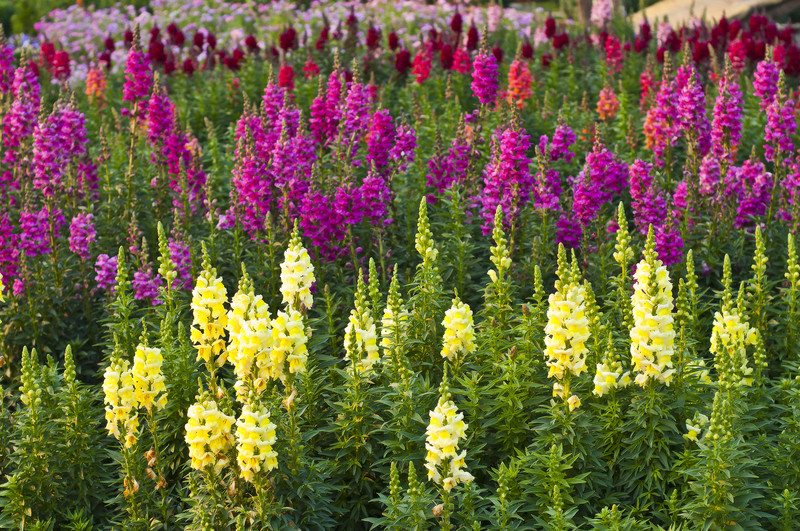
Snapdragons can add beautiful spikes of color in your landscape. They are striking when planted in groups and can be varied in height to create depth and variety. They can range from six inches to three feet in height and are long-lasting flowers. You can continue to plant these beauties through February for continuous Winter color!
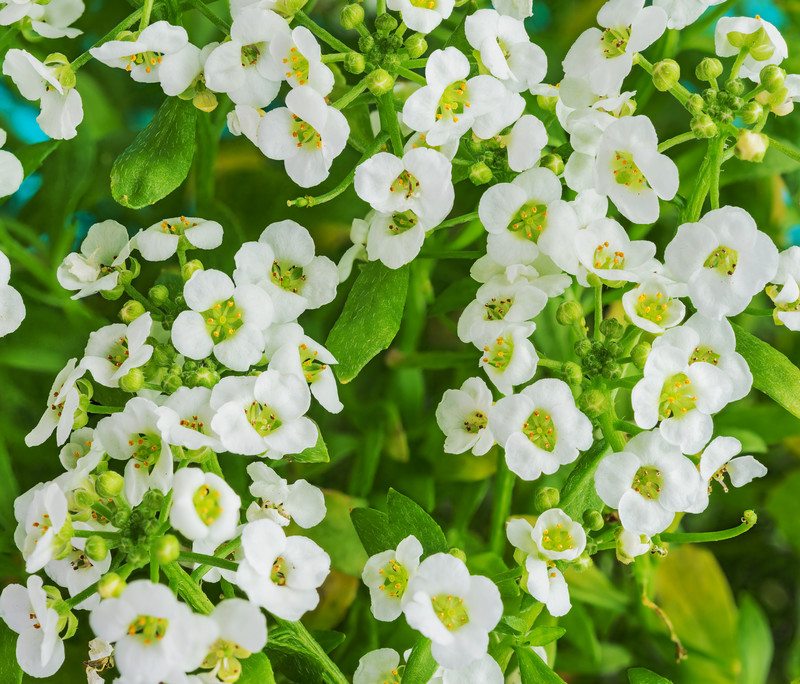
White Alyssum will add a beautiful touch as a low-growing, long lasting blooming annual to your landscape. They are a small flower that can make a big statement. They are fairly easy to grow and They have a sweet smell that will add a wonderful scent as your walk through your yard in the Winter. These little giants also come in hues of rose, blue or bi-colored varieties to add just the impact you seek.

Geraniums are a classic favorite. They can come in red, white or pink adding a beautiful splash of color with their blooms. Geraniums are sensitive to cold, so while they will continue to bloom, consider planting in containers that can be moved indoors should we get our occasional yet rare freeze warning here in Central Florida. Consider adding in Scented Geraniums as well. These are not grown for blooms, but for their scent. They will add a wonderful fragrance to your landscape ranging from mint, rose and lemon to cinnamon.
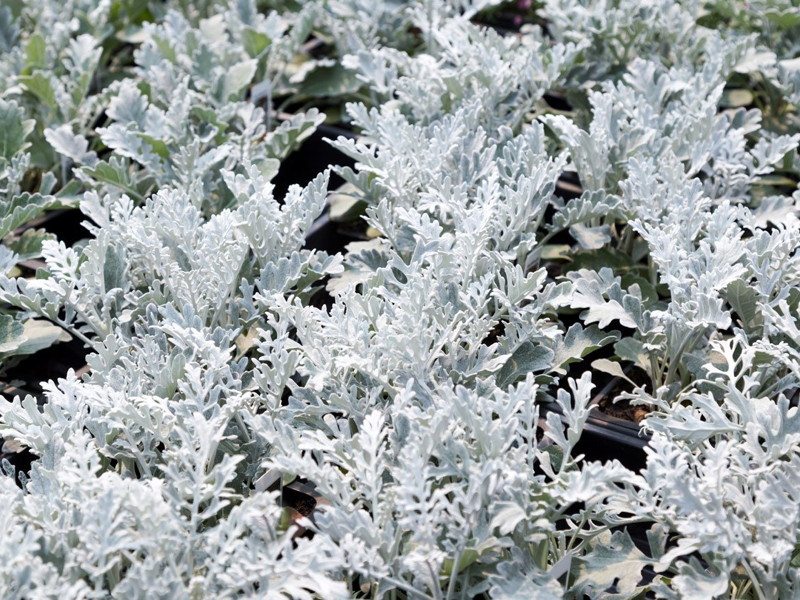
Dusty Miller is a silvery-leafed, low-growing plant that reaches heights of 6 to 12 inches. This makes it perfect for borders and containers. It looks beautiful when contrasted with the colorful blooms of other plants. We think this is a gorgeous Winter Plant because it gives the feel of a frost laying over the landscape just by its own natural color.
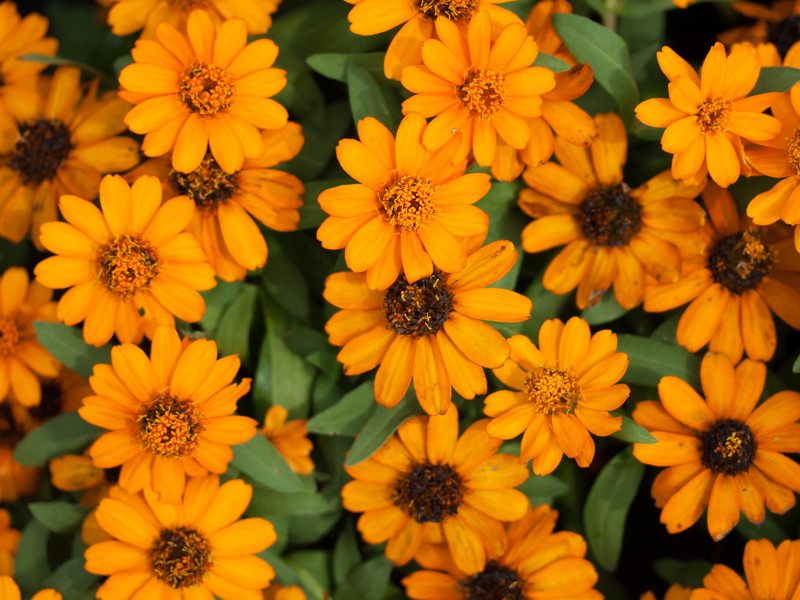
Calendula is one of the most reliable Winter Plants. It’s brightly colored daisy-like flowers will add a touch of cheer to your landscape. You can get single or double bloom Calendula that will grow between 1 to 1 1/2 feet tall. Calendula is also an edible plant and has been used historically medicinally as well as for dyes.
A Few Last Mentions!
Protection is still necessary. While most of these Winter Plants will survive the cold season and provide beautiful color to your landscape, they are not freeze proof. the will need to be covered with the warning of temperatures below their toleration point. Be sure to keep your weather forecast close by and make sure you protect these Winter beauties!
Deadheading is an important step to continuous blooming. This is the process of pinching spent flowers from your plants. Be careful with some such as the Calendula that are self sowing. You may not want to simply discard on the ground as you might be surprised with some popping up next year where you may be planning to plant something else.
There are many other options as well to add to your Winter landscape. You can check some of those out in this Green Blog article.
Happy Winter Planting!
